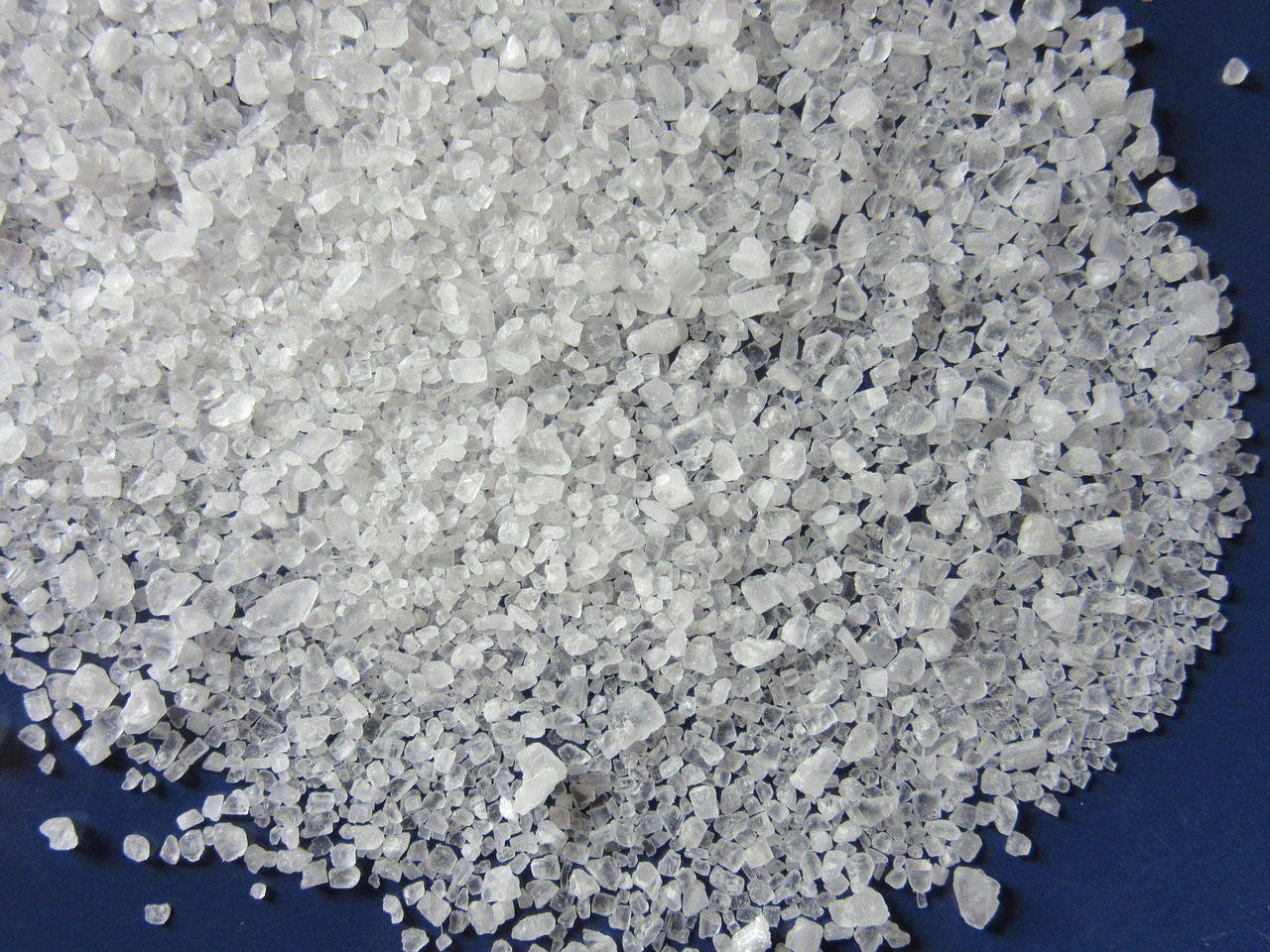
Epsom salts are not recommended
unnecessary, potentially damaging
Liberal use of Epsom salts has become an increasingly common gardening practice, especially with rose and tomato growers, but this habit is spreading to other gardening beds as well. We don’t know how to break this to you, but Epsom salts are bad for your soil and are not recommended unless you have a soil test that says you are deficient in magnesium. Even then, there are better sources of magnesium than your bath salts.
Epsom salts contain magnesium sulfate, which is a form of magnesium salt. This is not a typical deficiency for Prairie soils. Many plants suffer from excess salts in the soil. A form of Epson salts is used as a supplement in commercial agriculture where magnesium is deficient. While magnesium deficiency is an occasional problem for tomatoes in intensive agriculture situations, it would be highly unusual for a casual gardener to have this very specific type of deficiency. Why supply extra magnesium if it is not needed, especially if one runs the risk of creating other issues in the process?
Epson salts do not supply
Another common belief is that in tomatoes, Epsom salts will prevent blossom end rot. This is simply not true. Blossom end rot is ultimately a calcium uptake issue and applying Epsom salts could potentially make this worse. For a detailed explanation of how soil nutrient levels affect blossom end rot and how Epsom salts effects this, see this article from Clemson University. (As an aside, here on the Prairies we don't tend to have the soil pH issues mentioned in the article so the limestone references can be ignored.) Typically, the major cause of blossom end rot around here is moisture fluctuation. If you're suffering from blossom end rot issues make sure you mulch those tomatoes!
Besides mulch, what else can you do to grow healthy plants?
- Plant seedlings in healthy soil once all danger of frost has passed.
- Tomatoes can be planted deeply—roots will sprout from the stem and develop a strong root system.
- Apply a 1” topdressing of compost and then top with 4” of mulch.
- Water regularly and deeply.
- If there is a known nutrient deficiency, apply compost or a packaged fertilizer, according to the directions on the package.
- If you’re planting into potting mix, there will always be a nutrient deficiency unless there is
a fertilizer or compost added. Potting mix isn’t soil and has very few nutrients.
See also:
Miracle, myth or marketing? Epsom Salts: Washington State University

